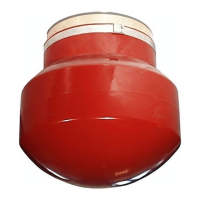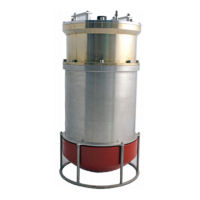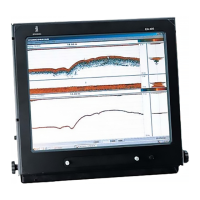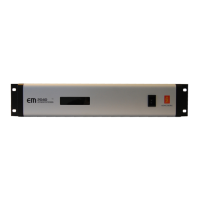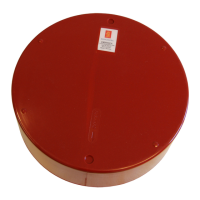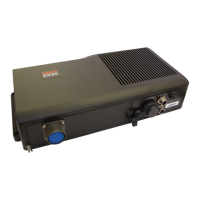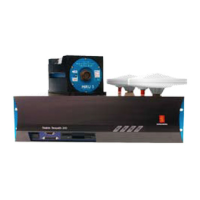Do you have a question about the Kongsberg HiPAP 602 and is the answer not in the manual?
Identifies the intended users for this system manual.
Information on where to download end-user documentation from the website.
Lists registered trademarks applicable to the system and its components.
Identifies the main components of the system and their connections.
Details the transceiver, its function, and physical characteristics.
Explains the 1PPS converter module for interfacing GPS signals.
Lists the main units included in the standard delivery of the HiPAP system.
Lists optional components available for the HiPAP system.
Provides contact information for technical support and the company website.
Instructions for installing the computer system unit.
Procedure for mounting the computer into a standard 19-inch rack.
Steps for installing the computer within a console using a specific kit.
Guidelines and procedure for mounting the transceiver unit.
Instructions for mounting the 1PPS converter module.
Steps for mounting the Responder Driver Unit.
Details the cabling for topside or bridge components.
Outlines the cabling for sonar room and transceiver components.
A comprehensive list of all cables used in the system with their types and connections.
General instructions for connecting the various HiPAP system cables.
Explains what ESD is and its potential damage to electronic components.
Recommended intervals and actions for routine system maintenance.
Procedure for backing up system configurations and settings.
Detailed steps for replacing various components within the transceiver.
Dimensional drawings and specifications for the computer unit.
Dimensions related to the rack mounting kit for the system.
Dimensional information for the console mounting kit.
Physical dimensions and weight of the transceiver unit.
Dimensional specifications for the Responder Driver Unit.
Details supported datagram formats and data input/output speeds.
Physical properties including weight and dimensions for system components.
Electrical power requirements and consumption for system units.
Specifies operating and storage conditions like temperature and humidity.
Procedures for visually inspecting equipment upon delivery.
Guidelines for safely unpacking system components from their packaging.
Recommended conditions for storing equipment before installation.
Best practices for transporting sensitive electronic equipment.
Identifies the intended users for this system manual.
Information on where to download end-user documentation from the website.
Lists registered trademarks applicable to the system and its components.
Identifies the main components of the system and their connections.
Details the transceiver, its function, and physical characteristics.
Explains the 1PPS converter module for interfacing GPS signals.
Lists the main units included in the standard delivery of the HiPAP system.
Lists optional components available for the HiPAP system.
Provides contact information for technical support and the company website.
Instructions for installing the computer system unit.
Procedure for mounting the computer into a standard 19-inch rack.
Steps for installing the computer within a console using a specific kit.
Guidelines and procedure for mounting the transceiver unit.
Instructions for mounting the 1PPS converter module.
Steps for mounting the Responder Driver Unit.
Details the cabling for topside or bridge components.
Outlines the cabling for sonar room and transceiver components.
A comprehensive list of all cables used in the system with their types and connections.
General instructions for connecting the various HiPAP system cables.
Explains what ESD is and its potential damage to electronic components.
Recommended intervals and actions for routine system maintenance.
Procedure for backing up system configurations and settings.
Detailed steps for replacing various components within the transceiver.
Dimensional drawings and specifications for the computer unit.
Dimensions related to the rack mounting kit for the system.
Dimensional information for the console mounting kit.
Physical dimensions and weight of the transceiver unit.
Dimensional specifications for the Responder Driver Unit.
Details supported datagram formats and data input/output speeds.
Physical properties including weight and dimensions for system components.
Electrical power requirements and consumption for system units.
Specifies operating and storage conditions like temperature and humidity.
Procedures for visually inspecting equipment upon delivery.
Guidelines for safely unpacking system components from their packaging.
Recommended conditions for storing equipment before installation.
Best practices for transporting sensitive electronic equipment.
| Brand | Kongsberg |
|---|---|
| Model | HiPAP 602 |
| Category | Marine Equipment |
| Language | English |

